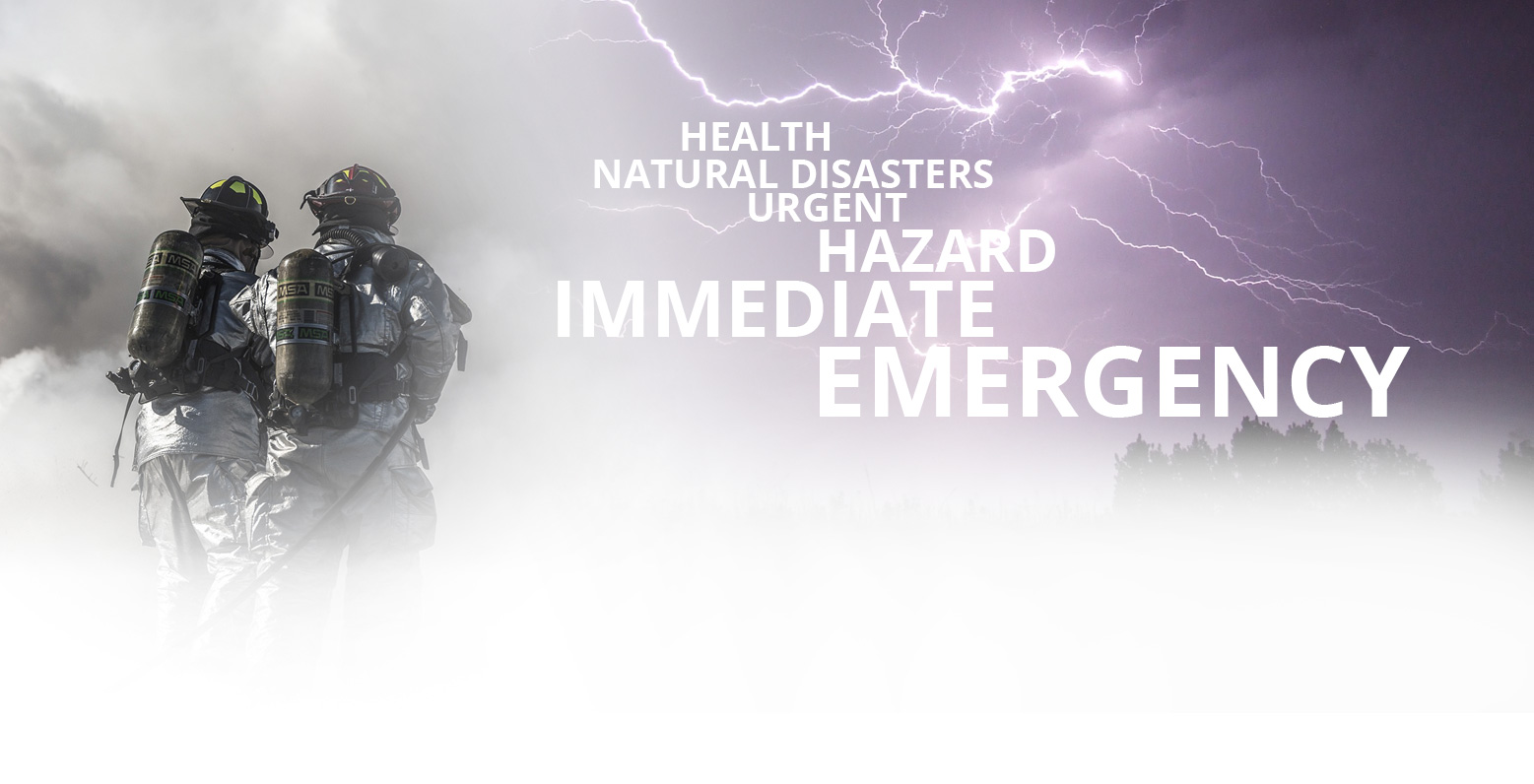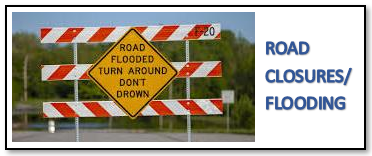The U.S. Postal Service Tips On Mail
How likely is it that someone would receive a harmful biological or chemical substance in the mail?
The Postal Service delivers approximately 208 billion pieces of mail per year. Presently, there have been only two confirmed incidents of anthrax bacteria being sent through the mail.
What Should I do if I Receive an Anthrax Threat by Mail?
- Do not handle the mail piece or package suspected of contamination.
- Notify your supervisor, who will immediately contact the Inspection Service, local police, safety office or designated person.
- Make sure that damaged or suspicious packages are isolated and the immediate area cordoned off.
- Ensure that all persons who have touched the mail piece wash their hands with soap and water.
- The Inspectors will collect the mail, assess the threat situation and coordinate with the FBI.
- Designated officials will notify local, county, and state health departments.
- Designated officials will notify the state emergency manager.
- List all persons who have touched the letter and/or envelope. Include contact information. Provide the list to the Inspection Service.
- Place all items worn when in contact with the suspected mail piece in plastic bags and keep them wherever you change your clothes and have them available for law enforcement agents.
- As soon as practical, shower with soap and water.
- If prescribed medication by medical personnel, take it until otherwise instructed or it runs out.
- Notify the Center for Disease Control Emergency Response at 770-488-7100 for answers to any questions.
What constitutes a “suspicious parcel?”
Some typical characteristics Postal Inspectors have detected over the years, which ought to trigger suspicion, include parcels that:
- Are unexpected or from someone unfamiliar to you.
- Are addressed to someone no longer with your organization or are otherwise outdated.
- Have no return address, or have one that can't be verified as legitimate.
- Are of unusual weight, given their size, or are lopsided or oddly shaped.
- Are marked with restrictive endorsements, such as “Personal” or “Confidential.”
- Have protruding wires, strange odors or stains.
- Show a city or state in the postmark that doesn't match the return address.
What should I do if I've received a suspicious parcel in the mail?
- Do not try to open the parcel!
- Isolate the parcel.
- Evacuate the immediate area.
- Call a Postal Inspector to report that you've received a parcel in the mail








